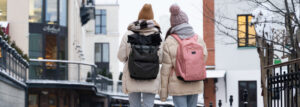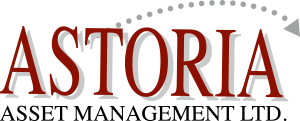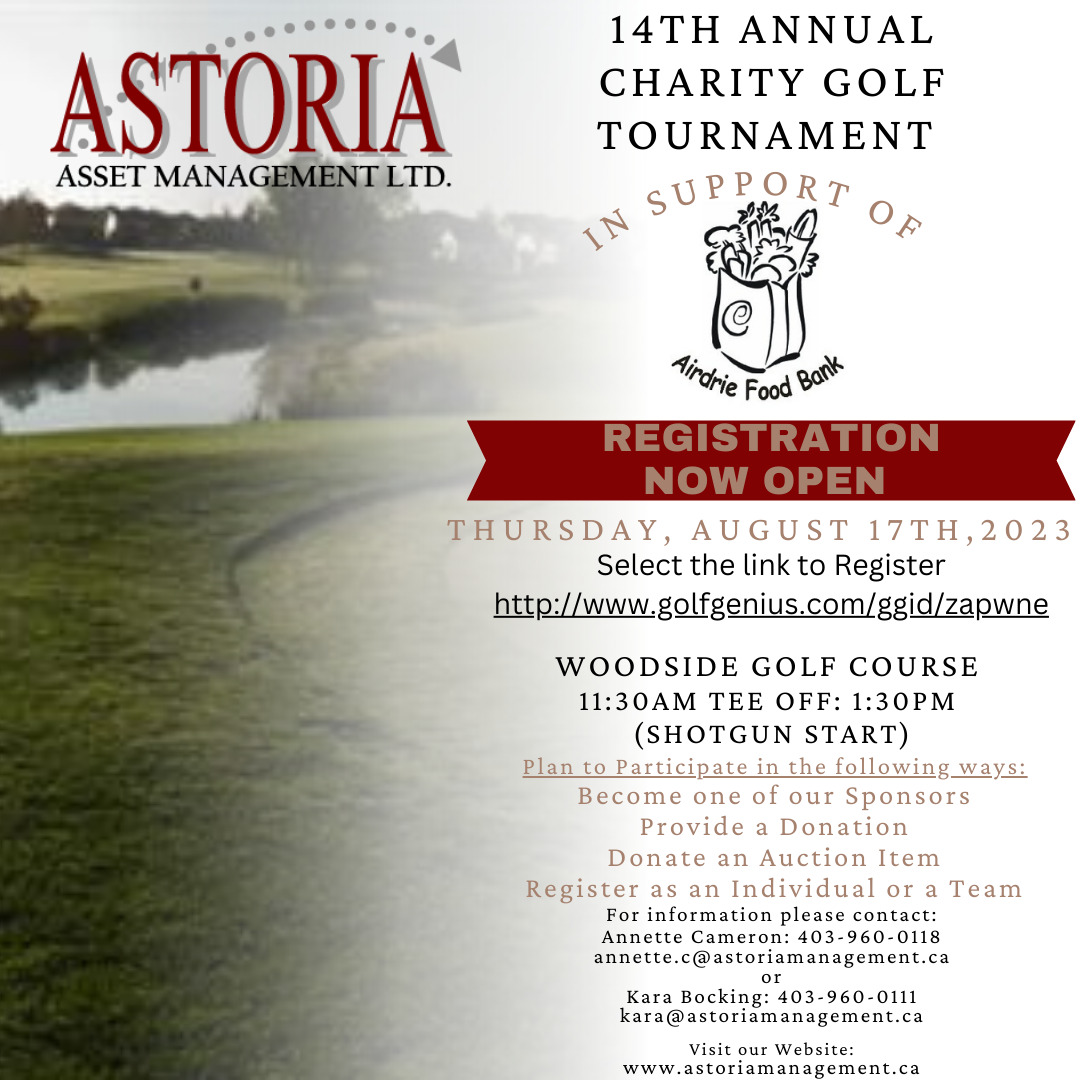Alberta Winters

In Alberta, winter brings specific challenges to condominiums due to the cold climate. Here are some common winter issues that condominiums in Alberta may face:
- Frozen Pipes: Subfreezing temperatures can cause pipes to freeze, leading to water blockages and potential pipe bursts. This can result in water damage to units and common areas. Proper insulation, maintaining adequate heating, and taking preventive measures like insulating exposed pipes can help minimize the risk.
- Heating System Failures: Heating systems, including boilers, furnaces, or heat pumps, may experience breakdowns or inefficient operation during extreme cold weather. Regular maintenance, timely repairs, and ensuring proper insulation of ductwork can help mitigate such issues.
- Ice Dams: Ice dams occur when snow on the roof melts and refreezes at the eaves, preventing proper drainage. This can cause water to back up under the roof and potentially leak into units. Proper insulation, ventilation, and clearing snow from the roof can help prevent ice dam formation.
- Slippery Surfaces: Snow and ice accumulation on walkways, parking lots, and common areas pose slip and fall hazards. Regular snow removal, de-icing, and maintaining safe walking surfaces are essential for resident safety.
- Condensation and Moisture Issues: Cold outdoor temperatures combined with warm indoor environments can result in condensation on windows and walls, leading to mold growth and moisture-related problems. Proper ventilation, moisture control, and insulation can help prevent condensation and maintain a healthy indoor environment.
- Increased Energy Costs: Keeping units warm during the winter can lead to increased energy consumption and higher heating costs. Encouraging energy-efficient practices, such as sealing drafts, using programmable thermostats, and promoting insulation improvements, can help residents reduce their energy usage and expenses.
- Snow Removal and Maintenance: Condominium associations are responsible for snow removal from common areas, sidewalks, and parking lots. Timely and thorough snow removal is crucial for ensuring safe access and preventing property damage.
To address these winter issues, proactive measures and cooperation between the condominium association, property management, and residents are vital. Regular inspections, preventive maintenance, prompt repairs, and clear communication regarding winter maintenance responsibilities can help minimize the impact of these challenges and ensure a safe and comfortable living environment during the cold Alberta winters.
The slip and fall rates in Canada can vary depending on various factors, including the region, the time of year, and the specific circumstances. While I don’t have access to real-time statistics, I can provide you with some general information regarding slip and fall rates in Canada:
- Statistics: Slip and fall accidents are a significant cause of injuries in Canada. According to the Canadian Institute for Health Information (CIHI), falls accounted for more than 85,000 hospitalizations in 2018-2019, making them the leading cause of injury-related hospitalizations across the country.
- Seasonal Factors: Slip and fall rates tend to increase during the winter months due to icy and slippery conditions. The combination of snow, ice, and freezing temperatures can create hazardous surfaces, especially in regions with colder climates.
- Age and Vulnerable Populations: Older adults are particularly vulnerable to slip and fall accidents, and they often experience more severe injuries as a result. According to CIHI, falls are the leading cause of injury-related hospitalizations among individuals aged 65 and older in Canada.
- Prevention Measures: To reduce slip and fall incidents, various organizations and authorities promote preventive measures, such as proper snow and ice removal, maintaining safe walking surfaces, providing handrails and adequate lighting, and raising awareness about fall prevention strategies.
It’s important to note that specific slip and fall rates can vary between provinces and territories in Canada. Local data and statistics provided by government agencies, public health organizations, or insurance companies can offer more detailed and up-to-date information on slip and fall rates in specific regions.
If you require more specific or recent data on slip and fall rates in Canada, I recommend consulting official sources such as government agencies, public health organizations, or local injury prevention initiatives. They often provide comprehensive reports and data related to slip and fall incidents in their respective jurisdictions.
As a homeowner or tenant, you may be held liable for slips, trips and falls on your owned or rented property. Know what hazards to look out for and understand your legal liability and what to do if someone is injured.
You may be held liable for slips, trips and falls if you don’t provide a reasonable standard of care in keeping your property free from hazards. If you are hosting a yard or garage sale, consider what you can do to prevent the potential for harm.
As a tenant, liability may be shared with your landlord. Who is held liable depends on the circumstances of the loss. The following criteria are considered:
- Was the danger foreseeable?
- Was the homeowner’s conduct in accordance with acceptable standards of practice?
- Did the danger exist for an unreasonable amount of time?
- How easily could the danger have been prevented?
The best way to avoid liability is to prevent losses from occurring in the first place. Be diligent in keeping your property free of hazards. Regular maintenance is one of the most effective ways to defend yourself against a claim or lawsuit should one occur.
Hazards to Look Out For:
- Ice and Snow: Clear walking surfaces using salt, shovel, or sand within the bylaw timeframes to prevent slippery conditions.
- Elevation Changes, Cracks, or Gaps: Address and fix any unexpected changes or report issues on municipally-owned property, such as uneven sidewalks.
- Slippery Surfaces: Use non-slip coverings on wet floors or tile flooring to enhance traction.
- Missing or Loose Handrails: Arrange repairs if there are any missing or loose handrails on stairs.
- Debris: Keep walking paths clear of debris, especially slippery and wet fall leaves.
- Lighting: Ensure all areas are adequately lit to improve visibility and reduce the risk of accidents.
- Legal Liability: By staying vigilant, promptly addressing hazards, and maintaining your property, you can reduce the risk of slips, trips, and falls, protect yourself from liability, and create a safer environment for yourself and others. Consulting local laws, regulations, and seeking legal advice can provide further guidance based on your specific jurisdiction.



